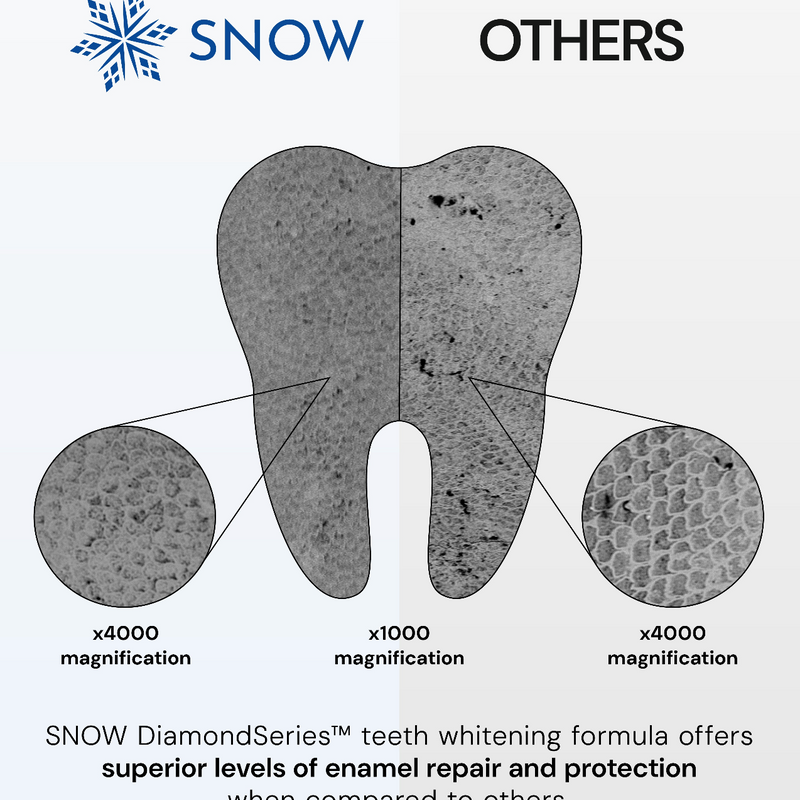If you ever had dental pain, you know it is extremely hard to ignore it. Dental pain is different from pain in other parts of your body.
For example, if you stub your toe on the bed frame, you can rub it and help make it feel better. Over time, you can ignore the pain and carry it around about your day. With dental pain, it's not the same, and it is not something you can't ignore.
Today we are going to talk about dental pain that can eventually lead to a dental emergency. Let's dive in!

What is a dental emergency?
A dental emergency is an uncontrolled pain, fractured teeth with pain, dental trauma, large swelling in the mouth, and/or difficulty with opening or breathing due to swelling.
Cavities
When you have tooth decay that is trapping food, causing serious pain, or you notice swelling in your gum tissue, call your dentist immediately. If you have a cavity and slightly feel pain and it goes away, see your dentist. Many patients ignore the initial signs of a cavity and think that the pain was random or that it will heal on its own.
When you have a cavity in a tooth, it can start to affect the adjacent teeth as well. From trapped food particles to spreading gum disease, you can cause other issues to develop from poor dental hygiene and lack in routine dental exams.
Cavity to root canal
By seeing your dentists regularly, they can help prevent cavities and address the cavities that you already have, managing your oral health. When you ignore a cavity, it can get larger and larger until eventually, it reaches your nerve. Now, rather than placing a simple filling into the tooth, the tooth will either need to have a root canal done or need to be extracted.
Wisdom Teeth
Wisdom teeth, also called third molars, can pose an issue as well. Now, wisdom teeth get a wrap sometimes. Just because you have your wisdom teeth does not mean you have to have them removed. If they have erupted into the mouth, and they are easy to clean, and you have no issues with them, leave them alone.
But what about if they are not easy to clean or they aren't all the way in the mouth, what then? Let's talk about that.
Normal eruption for wisdom teeth
From 17 years of age to your early twenties is when wisdom teeth do most of their moving around. Your dentist will be able to tell you how many wisdom teeth you have and if they appear to be erupting normally. Before wisdom teeth erupt, they are considered to be impacted wisdom teeth. This is because they are impacted in the bone and the gums.
If your dentist tells you that your impacted wisdom tooth looks like it will be having issues erupting, they may suggest seeing an oral surgeon for wisdom tooth extraction.
Partially erupted
As your wisdom teeth begin to erupt into the oral cavity, they are considered partially erupted. Wisdom teeth push through the gums and bone and break through to the oral cavity. When you have partially erupted wisdom teeth, they can create a space along the gum line where food and bacteria can get stuck.
This can use severe pain, affect the surrounding teeth, create a dental abscess, cause jaw pain, and possibly periodontal disease.
If your dentist tells you that your wisdom teeth are horizontally aligned, then chances are you will require oral surgery to remove them.
Impacted and partially impacted wisdom teeth require surgical extraction, meaning that either the tooth needs to be split up into pieces or the bone needs to be removed in order to have enough room to slide the tooth out.
Infected wisdom tooth
You can have a wisdom tooth that is partially erupted and causing a food trap, a horizontally erupting tooth, or a decayed wisdom tooth that can lead to an infection. When you have an infected nerve, we typically advised either a root canal or extraction. With wisdom teeth, we typically will recommend extraction as we do not usually perform root canals on third molars.
If a tooth is coming in horizontally, it can cause a food trap to form with the tooth in front of it. This can cause many dental problems in the back molars, and we usually recommend tooth removal.
If your wisdom tooth begins to partially erupt and it is hard to reach back there to clean, you can develop a cavity. If that cavity is not treated, then the tooth may need to be extracted.
Wisdom tooth extraction
What is an emergency wisdom tooth removal procedure and what causes it? Well, we briefly touched on the infection of wisdom teeth and having wisdom teeth removed but what makes it an emergency?
Ludwig's Angina
Ludwig's Angina is a serious condition where the infection on the lower jaw begins to creep its way toward the middle of your throat area. This is extremely dangerous as it can spread fast and it can block your airway, preventing you from being able to breathe. This is dangerous because it can happen in your sleep.
When you see a dentist for swelling, they will typically prescribe you antibiotics to take along with pain medication. Take the antibiotics as directed by your provider and take the prescribed pain medication as well. You want to ensure to follow your dentist's instructions as this is extremely important in managing the swelling.
If your dentist suspects that you are at risk for Ludwig's Angina, they will refer you to the emergency room for airway management and IV antibiotics.
Emergency wisdom tooth removal
If you need to have a tooth removed asap, the doctor will deliver local anesthetic and remove the tooth. If you have impacted wisdom teeth, this will require some removal of bone to access the tooth. Impacted teeth can increase healing time as they are more complex to remove. An emergency extraction is done the same way except you may need to have the area drained first. The doctor will first drain the infection and then proceed with the emergency wisdom tooth removal.
Healing Process
After emergency dental care extractions are complete, it is important to follow post-operative instructions to ensure the extraction site heals properly. X-rays may be taken to ensure the entire roots are removed and in some cases, a portion of the root may be left behind to avoid causing nerve damage. This is perfectly normal and that is why it is important to have these X-rays.
You want to ensure you are treating the extraction site like a baby and eat soft foods, use an ice pack, and keep the area clean to prevent further complications.
Your jaw might be sore after the emergency tooth exaction, and this should also be a reason why you want to avoid needing to chew food post-extraction. Avoid spitting or drinking through a straw to help the blood clot stay in the socket. If the blood clot is lost, then you can develop something called a dry socket which can be extremely painful.
Summary
Not all wisdom teeth need to be removed and just because you are having orthodontic treatment does not mean your wisdom teeth will cause crowding. Your dentist will let you know if any of your wisdom teeth or any other teeth need to be removed.
It is important to follow your dentist's instructions after a tooth is removed to ensure the area heals well. To prevent the need for emergency wisdom tooth removal, visit your dentist at least once a year for a routine dental exam and maintain proper oral hygiene. Your dentist is there to check on tooth decay, your gum tissue, and your overall oral health.
- Dr. James Younan, DDS
(AKA Dr. Gibbz, Public Health Dentist)
Disclaimer: This article is for educational purposes only and there is no doctor/patient relationship being established by reading this article. Always consult with your dentist or primary care provider. This article is not intended to offer medical or dental advice to anyone, it is not intended to diagnose any medical or dental conditions that you may have. There are no warranties and/or guarantees being made with the information being presented in this article.

























